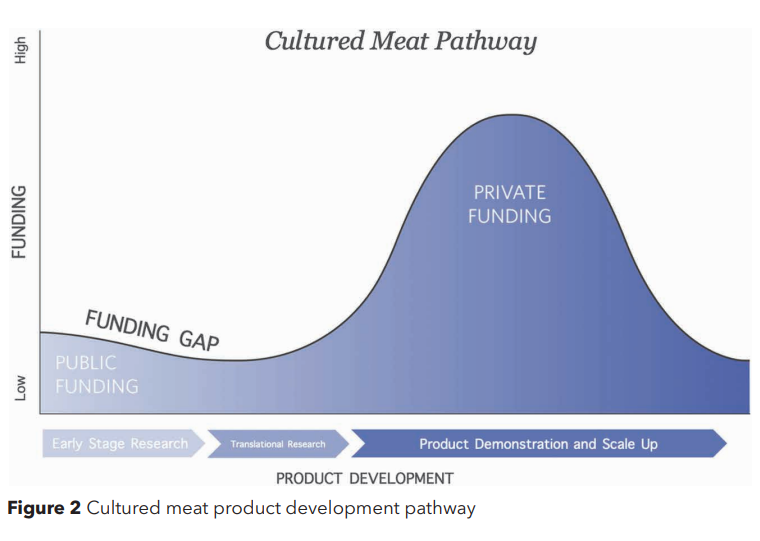- Overview
- Summary
- Funding
- Cite This Publication
Overview
Who: Dwayne Holmes, David Humbird, Jan Dutkiewicz, Yadira Tejeda-Saldana, Bre Duffy, Isha Datar
Published: October 18, 2022
Where: nature food
Key Takeaway: The burgeoning field of cultured meat is racing to achieve market access, but we must also focus on a higher, mission-based standard of transparency and collective processes.
Research Topics:
Summary
Cultured meat has the potential to improve animal welfare while more sustainably, safely, and securely producing meat compared to current animal agriculture. High expectations for the industry’s success and the market opportunity have fuelled anticipation for a swift rollout to markets, creating a race-to-market atmosphere. Dwayne Holmes et. al discuss five key parameters representing minimal states of technological readiness that should be achieved before bringing products to market: 1) creating slaughter-free solutions, including supply chains, 2) collaboratively and transparently developing analytical capabilities and standards for assessing safety and nutrition, 3) proactively pursuing sustainability, 4) cooperatively assessing scalability, and 5) practicing open science to accelerate progress. The authors call for a race-to-mission and collective progress, instead of the current race-to-market mindset.
Written by Nina Strasky
Cite This Publication
Holmes, D., Humbird, D., Dutkiewicz, J., Tejeda-Saldana, Y., Duffy, B., & Datar, I. (2022). Cultured meat needs a race to mission not a race to market. Nature Food, 3(10), Article 10. https://doi.org/10.1038/s43016-022-00586-9
You Might Also Like...

Cultured meat: creative solutions for a cell biological problem
Andrew J. Stout, David L. Kaplan, and Joshua E. Flack





